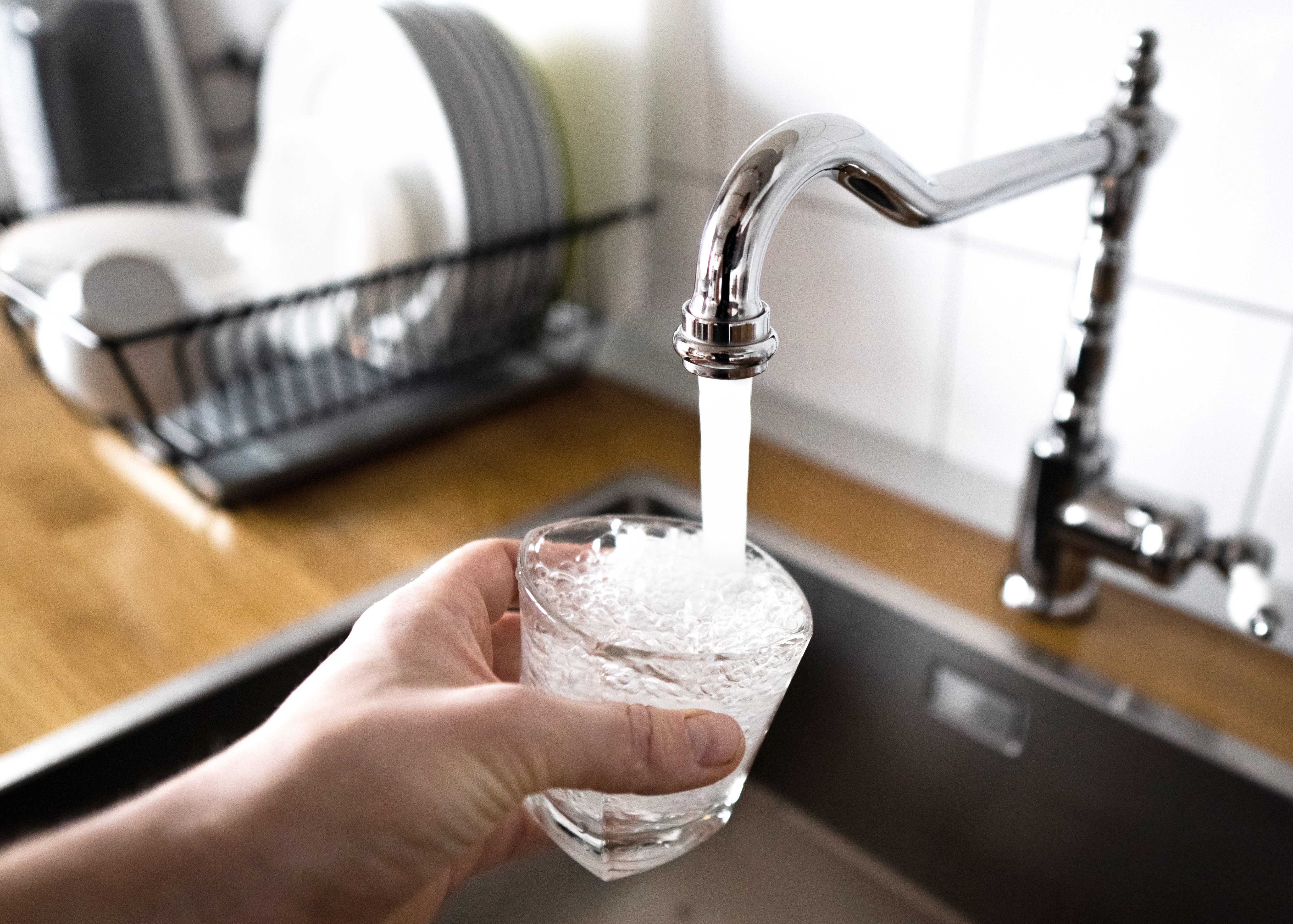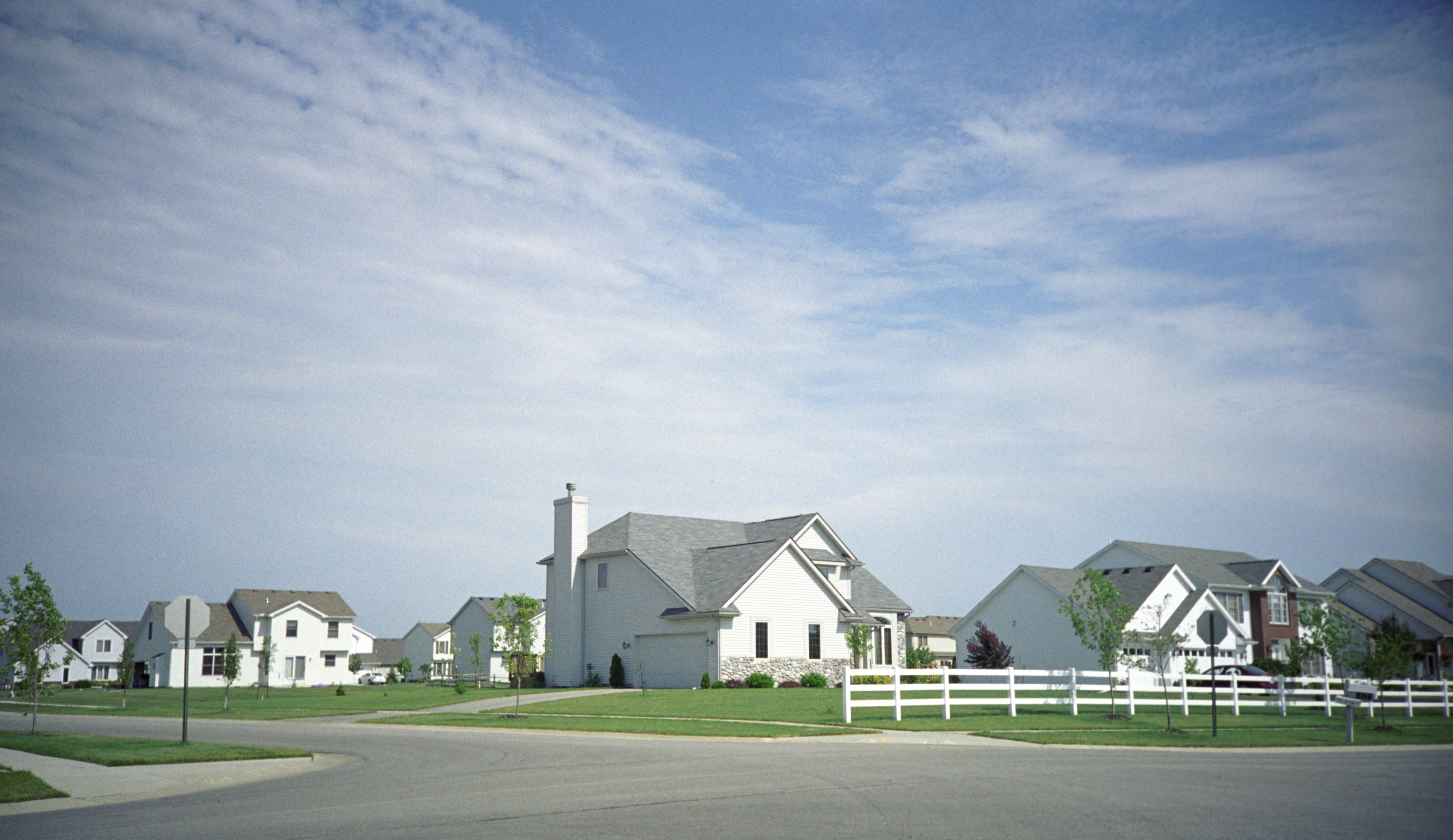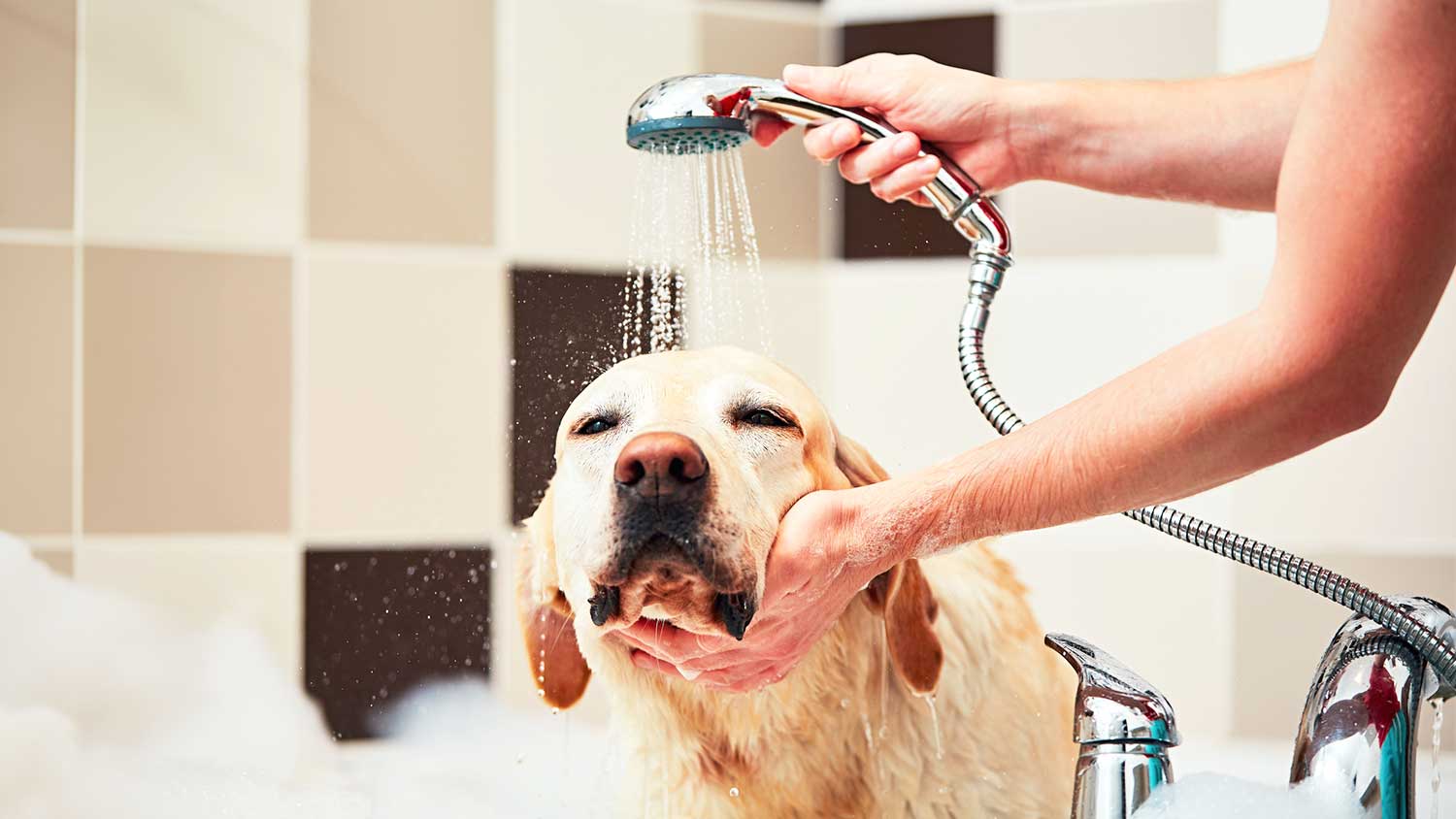
Learn about main water line repair costs in Columbus and what affects pricing to be prepared before you start getting estimates.
Winter storms aren't a joke; plan accordingly to keep your family safe


Winter storms cause more than snow accumulation. They can lead to power failures, burst pipes, and even loss of communication services. Knowing how to prepare for a winter storm is crucial to staying safe and comfortable in the aftermath. Many of these steps for how to winterize your home can be done long before winter weather hits, ensuring you're prepared as early as possible.
Walk around your house before winter hits and take notice of any trees with large, overhanging limbs that could snap and damage your house in a winter storm. Strong winds or heavy snow could put pressure on the limbs, causing them to fall on your house. They could break off and damage your roof and windows or clog your gutters if left untouched. Also, look for anything near your house that could get carried in the wind and cause damage to your home. Put these items away for the winter.
Your roof may have leaks without you knowing it. Before winter hits, do a quick roof inspection from the ground or hire a professional roof inspector. Don't climb on your roof unless you're a professional.
If you do inspect the roof yourself, walk around your home's perimeter and look for loose, missing, or damaged shingles, which signal roof damage. Also, look for damaged or missing flashing and water spots inside your home on the ceiling or in the attic, as these indicate roof leaks.
If you notice any of these signs, call a professional for roof repair before winter hits to prevent serious water damage from occurring during a bad winter storm.
Before the weather turns cold, remove all hoses from outdoor spigots and drain any remaining water from the hose. Store the hose somewhere safe and turn off the outside water from the control valve.
After turning the water off, turn the spigot on and let any remaining water drain from it. Once emptied, install a faucet cover, which can be purchased from your local hardware store, to keep the faucet from freezing during a winter storm.
Winter storms come in fast, and temperatures can drop drastically, putting vulnerable pipes inside your home at risk of freezing and rupturing. Burst pipes can lead to extensive water damage and mold growth throughout the house.
To prevent such a disaster, consider insulating exposed pipes with foam sleeves from your local hardware store or even old rags and duct tape. The key is to keep the pipes warm so the water doesn't freeze inside them, causing a rupture. Do this to all pipes near an exterior wall or below ground in your home.
The American Red Cross also recommends that you open kitchen and bathroom cabinets to let warm air make its way around the plumbing and let cold water drip slowly from the pipes to prevent freezing. If you miss a pipe and it bursts, call a plumber near you immediately to fix the problem and minimize water damage.
There's a strong chance you could lose power during a serious winter storm, which means you'd have no heat. Plan an alternate way to heat your home that doesn't require electricity.
If you have a fireplace, ensure you have plenty of firewood on hand. If not, consider a generator to use as a backup power source until the electricity is restored

Windows and doors that aren’t properly sealed can cause drafts inside the home, making the house feel colder than necessary. Fortunately, adding new caulk or weatherstripping is a simple job you can do yourself that can keep the cold air out and keep the warm air in your house.
If you want to DIY your window and door repair, first check the caulk. If there are holes, rips, or peeling caulk, replace it. Next, check the weather stripping for similar issues. Any damaged or loose areas must be replaced to keep your home warm during a winter storm.
If you plan to use your fireplace or wood stove as a backup heating source, be sure to have your chimney inspected. This should be done annually to ensure the safety of your house, but it is even more important before winter starts.
You'll need a professional to inspect it to ensure no fire hazards exist before using your fireplace or wood stove. Having your chimney swept is also a good idea to decrease the risk of any fire hazards.
Cold weather keeps people indoors more, increasing the risk of carbon monoxide poisoning from excess (unvented) heater use. Before winter hits, check your fire and carbon monoxide monitors. Use the “test” button on both monitors to ensure the alarms work well, and put a fresh set of batteries in each.
If you have a smoke or CO detector with an expiration date, be sure to replace it before winter, when you'll likely use the fireplace and other heaters more often.
Heavy snow means a lot of water accumulation. You might not think snow is a big deal because it’s not a puddle of water, but as soon as the temperatures change, snow turns to water, and water can find its way into homes faster than you think.
If the water often sits near your foundation or on your roof, it can leak into your home, causing water damage and mold growth. To ensure water moves away from your home, add downspout extensions that channel the water into a safe spot where accumulation won’t be an issue.
As you learn how to prepare for a winter storm, you must have plenty of supplies on hand. Prepare for the worst, meaning no electricity or ability to travel to the store.
In your emergency preparedness kit, have the following to keep your family safe:
Warm clothes for every family member
Blankets
Emergency and utility phone numbers
Enough non-perishable food for at least a few days
Alternative power sources for electronics
Necessary medication for family members
Tools for snow and ice removal
Forms of entertainment for the family
From average costs to expert advice, get all the answers you need to get your job done.

Learn about main water line repair costs in Columbus and what affects pricing to be prepared before you start getting estimates.

Discover the leading factors affecting your main water line replacement cost in Columbus, including length, material selection, and installation details.

Learn how much plumbers cost in Columbus, Ohio. Discover pricing for faucet repairs, pipe work, and emergency services, plus how you can save money.

Wall-hung toilets offer a modern style and are easy to clean, but they’re also expensive and difficult to repair. Let’s examine the pros and cons of wall-hung toilets.

An undermount sink can create a sleek, seamless aesthetic for your kitchen sink. Use this guide to learn how you can replace and install your undermount sink.

Shower diverters will wear down over time and eventually need repairs. This guide will show you how to fix a shower diverter and get your shower working again.